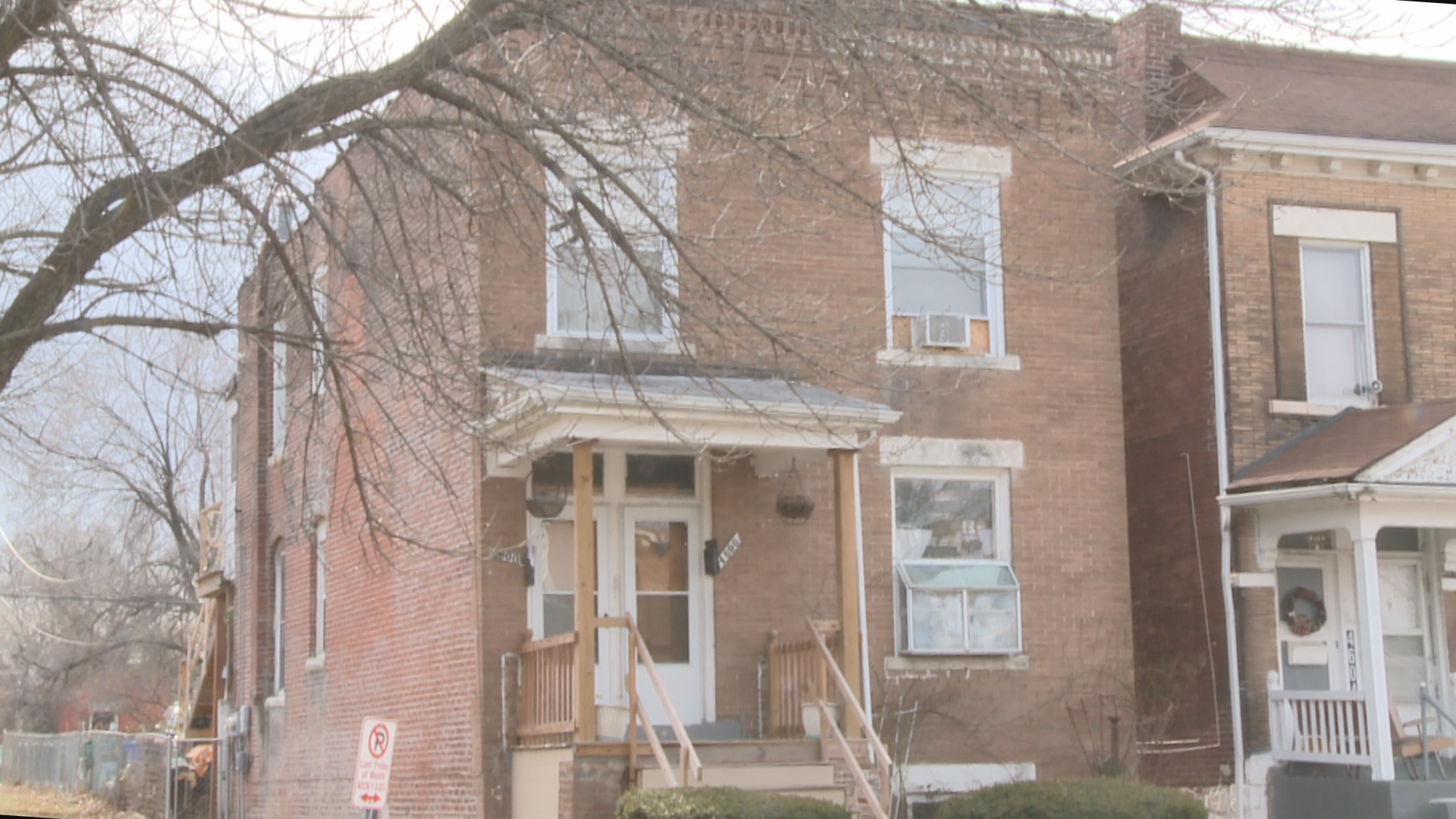In the 1940’s, J.D. Shelley wanted the American dream in St. Louis.
“He wanted a nice place for his family to live while he was here,” said Jeffrey Copeland, Professor and Head of the Department of English Language and Literature at the University of Northern Iowa. “There were nine of them in the family.”
In 1945, Shelley bought a house at 4600 Labadie Avenue in north St. Louis. What Shelley, an African American, didn’t know was there was a 1911 covenant barring blacks from owning the property. To block the home sale to the Shelley family, Louis Kraemer sued. According to author and filmmaker Copeland, Shelley’s legal fight to buy a home for his family changed the course of civil rights in the United States, via the U.S. Supreme Court.
“Shelley v. Kraemer was actually one of the more milestone rulings in the history of this country,” said Copeland.
Prior to 1948, blacks in St. Louis and throughout the U.S. could rent property, but racial covenants often prevented African Americans from buying real estate.
“As of 1945 through 1948 when these events took place, people could be denied where they lived because of their race, color, creed, national origin,” said Copeland. “In this particular case, the covenant was specifically designed to keep African Americans out of the community.”
Although it took multiple court cases, the Shelleys prevailed.
“Mr. and Mrs. Shelley eventually do win in court. They win in St. Louis Civil Court. They lose at the Missouri Supreme Court, then they win at the United States Supreme Court,” said Copeland. “And when they win, people are overjoyed. This is a major victory. This literally changed the face and color of America.”
The winning attorney in Shelley v. Kraemer was the NAACP’s Thurgood Marshall, who went onto become the first African American Supreme Court justice.
Copeland said he is fascinated by Shelley v. Kraemer. He produced a documentary and wrote a book about the case. “Olivia’s Story” looks at Shelley v. Kraemer through the eyes of Sumner High School teacher Olivia Merriweather Perkins, who joined a group of people assisting the Shelley family with their legal battles.
“People of different races, different religions, different national origins all got together and said ‘Look, enough is enough. This is an inequality that we cannot let stand,’” said Copeland. “They put themselves on the line without regard for their own personal safety. They decided they were going to stand up and say ‘This is going to change and we’re going to do it.’”
Copeland said Shelley v. Kraemer inspired civil rights activists for decades to come.
“Once Shelley v. Kraemer was on the books, then people started looking at other injustices as well and they weren’t as afraid to get up and say ‘We see what they did in St. Louis. Now you know what? It’s our turn.’” said Copeland.
Copeland debuts his documentary on Shelley v. Kraemer Saturday, February 18 at 7 p.m. at the Missouri History Museum.


